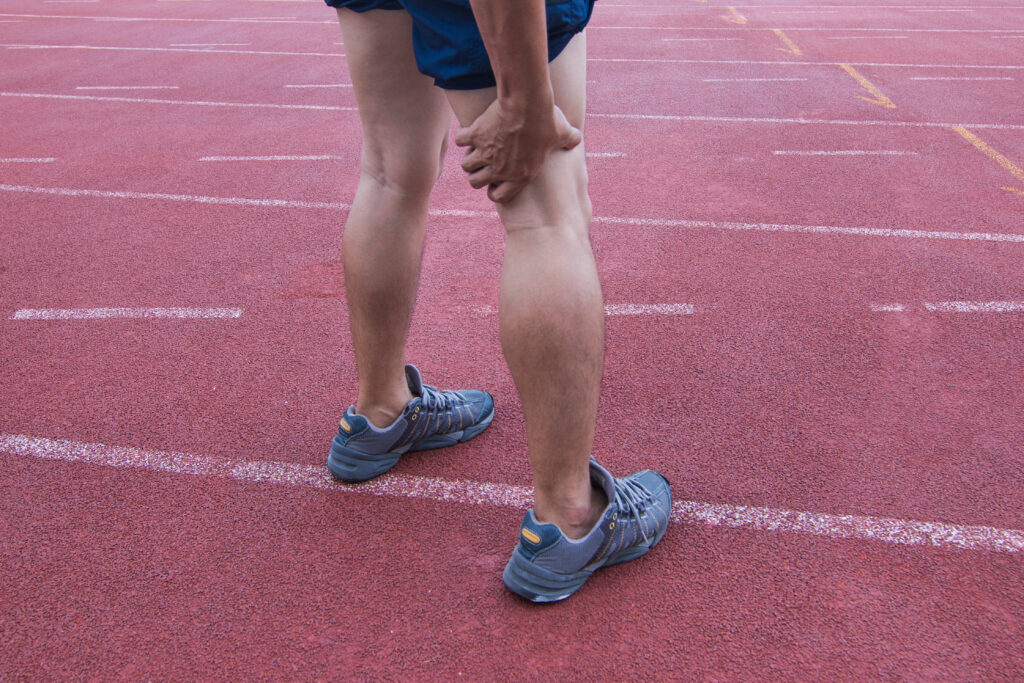
The hamstring is a combination of three muscles that originate at the ischial tuberosity (the part of the pelvis you feel when you sit down) and run along the back of the leg until they connect with bone just below the knee. Since the muscle group spans both the hip and the knee, the hamstring responds to two sets of forces from top to bottom, serving as both a hip extensor and a knee flexor.
Unfortunately, the hamstrings aren’t ideally constructed for sports. The proximal hamstring, the section at the top near the hip, and the distal hamstring, the lower section near the knee, have poor blood supplies. This means slow healing rates. The middle, meaty portion of the hamstring has an excellent blood supply and heals much more quickly. When the hamstring is injured, the key to fixing it is to first recognize the injury. A hamstring strain is typically the result of pushing too hard and, most important, not paying enough attention to pain cues.
Dealing with a strained situation? Here are four tips for managing hamstring pain:
- When you feel hamstring pain, stop what you’re doing. Trying to push through it will only make it worse.
- Avoid hamstring-loading activities and do intense upper-body and core workouts to maintain fitness.
- As soon as you can after the injury, start applying ice to the muscle for 15 minutes at a time 4 to 6 times a day for the first 2 days.
- After a few days, perform gentle hamstring stretches several times a day.
- Depending on the severity of the strain, expect a healing time of anywhere from 2 to 8 weeks.
As the pain recedes, ease yourself back into activity, particularly speed and hill work. Severe hamstring strains generally heal after 8 weeks. If you still have pain after that, see a doctor. MRIs and ultrasounds can show the details of what’s going on in the muscle and how much damage you have, along with any other issues you may not know about. A sports doc can also prescribe professional physical therapy and other remedies. Newer treatments such as platelet-rich plasma (PRP) may offer some hope to those suffering from lingering hamstring injuries. In this treatment, the patient’s own plasma is injected into the injury site to speed healing because areas with poor blood flow (like the proximal and distal hamstring) heal slowly. Many sports docs are involved in clinical trials to assess the efficacy of PRP, and so far the results have been encouraging.
Hamstring surgery is rare but not unheard of, and it is used only to repair significant tears or ruptures. If that’s your problem, trust me, you’ll know it.